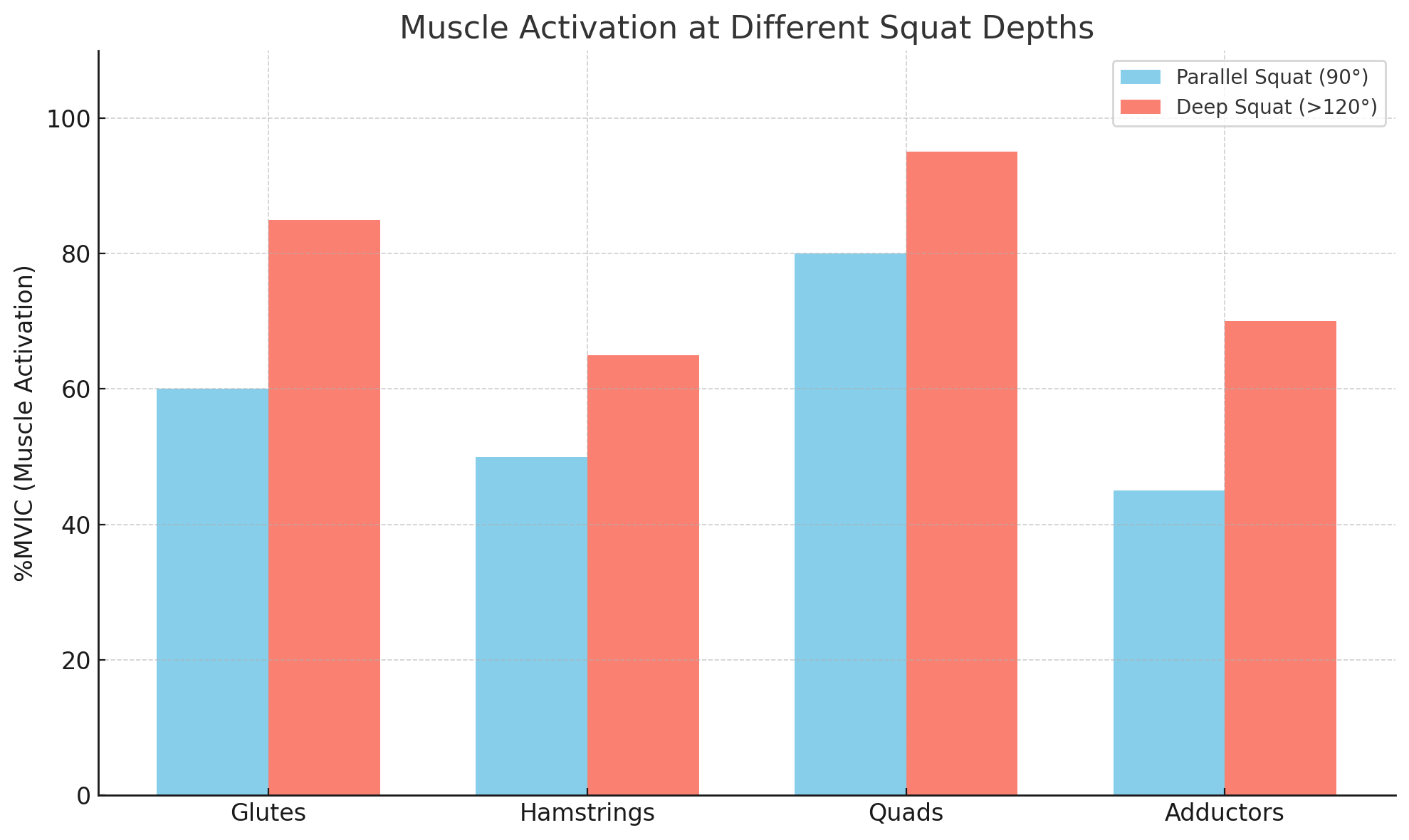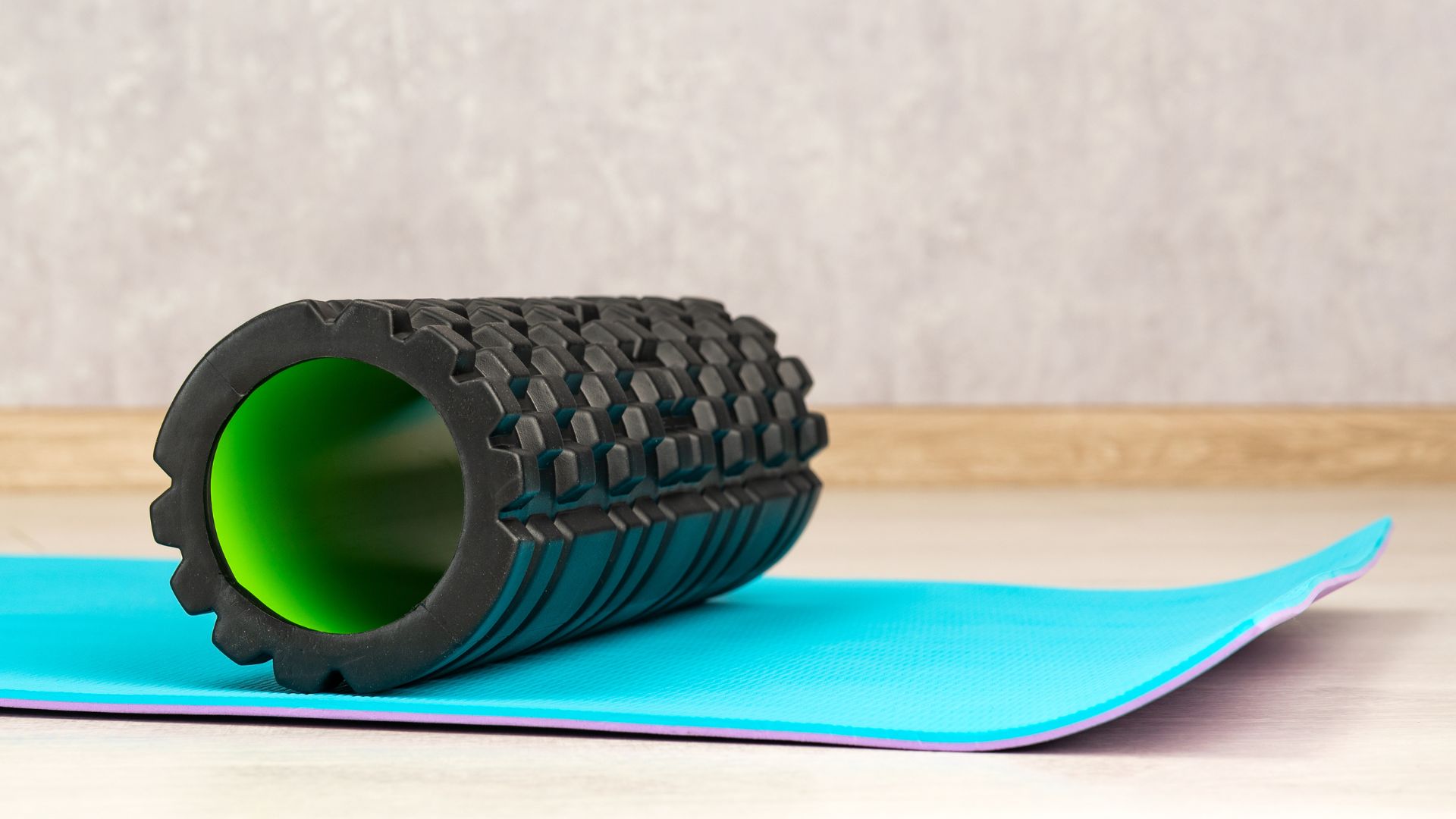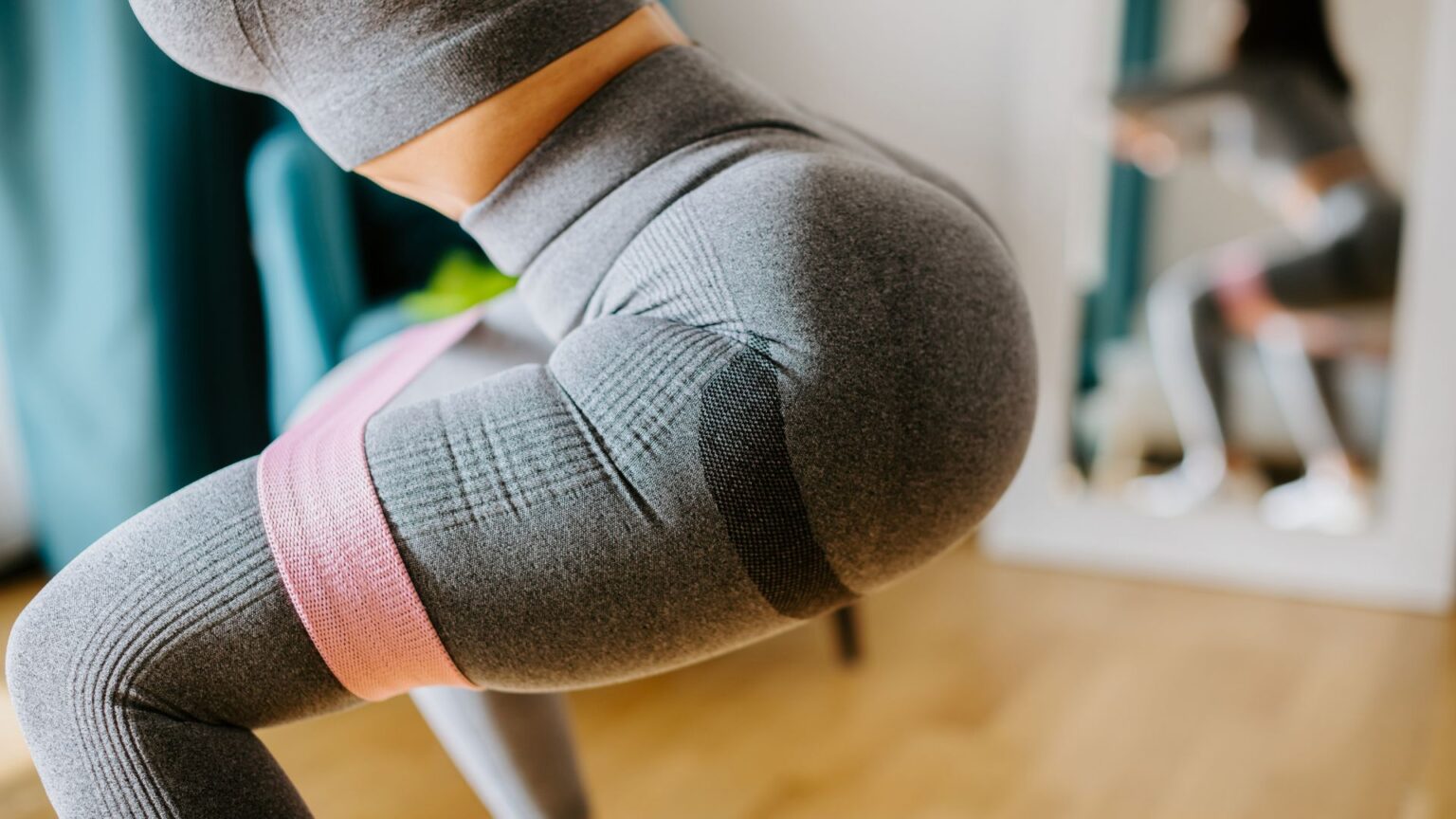
Mobility isn’t just a trendy fitness buzzword—it’s the foundational ingredient for mastering your athletic potential. If you’re struggling to hit proper squat depth, explosive power, or just move without stiffness, improving your mobility could be the game-changer you need.
But what exactly is mobility?
Mobility is your joints’ ability to move actively through a full range of motion with control, strength, and stability. It’s more than flexibility—mobility involves muscle strength, coordination, and joint integrity. Physical therapists, trainers, and athletes have long known its importance, but credit often goes to Dr. Kelly Starrett, whose groundbreaking work on mobility (especially through his influential book Becoming a Supple Leopard) brought it into the mainstream consciousness.
If you’re an athlete, lifter, or combat sports enthusiast, mastering mobility isn’t optional—it’s crucial. This guide dives into the best mobility drills specifically designed to dramatically improve your squat depth, making you stronger, faster, and less injury-prone.
Let’s jump in.
Your hip flexors (particularly the psoas muscle) directly impact your squat depth and stability. Tightness here isn’t uncommon, especially if you spend lots of time seated or have intense training sessions without proper mobility routines.
How to Perform:
Start in a half-kneeling position (one knee down, one foot forward).
Contract your glutes, and gently push your hips forward without arching your lower back.
Rock forward slowly, hold for 3 seconds, return, and repeat.
Why it Works:
Loosens tight psoas muscles, enhancing hip extension and improving squat depth dramatically.
Pro Tip:
For an advanced variation, raise the back foot, grabbing your ankle to add quadriceps stretch and amplify the release of hip tension.
This drill creates noticeable improvements in squat form almost immediately. Consistency here is your friend.

Limited ankle mobility sabotages your squat by shifting your center of gravity forward, putting extra pressure on your lower back and knees. Enhancing dorsiflexion (bringing toes toward shins) is non-negotiable if you’re serious about squat performance.
How to Perform:
Stand facing a wall in a split stance, about 5 inches from the wall.
Without lifting your heel, push your front knee forward toward the wall gently.
Hold the end position for 3–5 seconds and repeat for 10–15 reps per leg.
Why it Works:
Improves ankle flexibility quickly, allowing for deeper, more comfortable squats.
Pro Tip:
Increase difficulty progressively by moving your foot slightly further from the wall.

T-spine stiffness prevents upright posture in squats, causing excessive forward lean, lower back strain, and inefficient lifts. Improve your thoracic mobility, and watch your squat depth and quality skyrocket.
How to Perform:
Lie on your back, placing a foam roller horizontally across your upper back.
Cross your hands behind your head, brace your core, and slowly extend your upper back over the roller.
Perform gentle repetitions, rolling the foam roller up and down your upper back slowly.
Why it Works:
Opens the thoracic spine and shoulders, helping maintain proper chest-up squat position.
Pro Tip:
Integrate slow breathing to facilitate deeper relaxation and improved thoracic mobility.

Activating glutes isn’t just about aesthetics—it’s crucial for effective squatting. Properly functioning glutes stabilize your hips, reduce injury risk, and increase squat depth and power significantly.
How to Perform:
Lie on your side with knees bent and a resistance band around your knees.
With heels together, rotate the top knee upward while maintaining hip stability.
Perform 15–20 reps slowly per side.
Why it Works:
Activates glute medius, significantly stabilizing the hips and improving squat quality.
Pro Tip:
Progress difficulty by using stronger resistance bands.
Tight hamstrings often limit depth in the squat and compromise form, especially for combat sports athletes who demand explosive strength from the hips.
How to Perform:
Lie flat on your back and raise one leg straight up, holding behind the thigh.
Slowly straighten your leg upward, feeling a stretch in your hamstring.
Lower slowly (eccentric portion), repeating 10–12 times per leg.
Why it Works:
Improves muscle length and control, reducing hamstring tightness, improving squat depth immediately.
Pro Tip:
Add resistance (towel or resistance band around the foot) to intensify the stretch.
Not all elite athletes squat the same way—and they’re not wrong for it. Top performers across sports tweak squat mechanics to target specific outcomes: more speed, more power, or more sport carryover.
Here are just a few examples where “textbook form” gets intentionally bent for real-world gains:
| Variation | “Broken” Rule | Who Uses It | Why It Works |
|---|---|---|---|
| Quarter/Half Squat with Heavy Load | “Always hit depth” | NBA/NFL strength coaches, sprinters | Builds top-end force; better transfer to jump/sprint. |
| Heels-Elevated ATG Squat | “Keep heels flat” | Olympic lifters, hybrid athletes | Unlocks deep quad loading; mimics clean/snatch catch. |
| Ultra-Wide Low-Bar Power Squat | “Feet shoulder-width” | Powerlifters | Shortens ROM and emphasizes hips for max load. |
| Anderson (Pin) Squat | “Use stretch reflex” | Strongman & power athletes | Starts from a dead stop to build raw concentric drive. |
| Zercher Squat | “Bar on your back” | Fighters, grapplers | Builds core, posture strength, and mimics clinch positions. |
Mobility isn’t something you should address only occasionally. Consistency beats intensity here. Try integrating these drills into your warm-up or as a daily mini-routine, dedicating 5–10 minutes per session.
Warm-Up Integration: Do these drills before heavy lifting sessions.
Daily Habit: Spend 10 minutes each morning on focused mobility work.
Post-Workout Cooldown: Finish workouts with mobility drills for optimal recovery and injury prevention.

| Area | Common Restriction | Effect on Squat | Recommended Drill |
|---|---|---|---|
| Ankles | Limited dorsiflexion | Shallow squats, heels lift off the ground | Wall Ankle Mobilizations |
| Hips | Tight rotators or joint capsule | Knees collapse inward, limited depth | 90/90 Switches |
| Thoracic Spine | Poor extension & rotation | Chest drops, forward lean under load | T-Spine Extensions on Foam Roller |
| Hip Flexors | Tight psoas/quads | Anterior tilt, less glute drive | Pigeon Pose |
| Adductors | Tight inner thigh muscles | Narrow stance, reduced knee stability | Cossack Squats |
Mobility isn’t glamorous, but it’s undeniably essential. Enhancing mobility directly boosts your squat performance, protects your joints, and enhances your athletic longevity. It’s foundational, not optional.
Whether you’re a combat sports athlete seeking dominance or a general athlete aiming for improved strength, make mobility a cornerstone of your routine. Drills like the ones above aren’t merely suggestions—they’re requirements for peak performance.
Remember: Athletic power and injury-free movement start and end with quality mobility. Ignore it, and you’re sacrificing gains and risking setbacks. Embrace it, and your squat depth, power, and overall athleticism will transform faster than you might believe.
Train smart, move better, and watch your performance skyrocket.
The kneeling hip flexor stretch with glute activation is one of the fastest ways to unlock squat depth. It directly targets the psoas, which is often the limiting factor in forward hip movement.
Without proper ankle dorsiflexion, your heels lift and knees collapse, limiting depth and putting stress on your knees and spine. Wall drills and progressive load stretches are essential for fixing this.
Yes — limited thoracic spine mobility leads to a forward lean and poor bar position, especially in front and overhead squats. Foam roller extensions restore upright posture and lift efficiency.
Daily mobility work, even for 5–10 minutes, is more effective than sporadic long sessions. Consistency builds long-term gains in depth, joint health, and performance.
Tight hip flexors, hamstrings, adductors, and underactive glutes often combine to restrict depth. Addressing all of them through targeted drills helps unlock full-range squatting with control.
Mobility drills are active and dynamic, improving range and stability—making them more useful for performance than static stretching alone. Use both when needed, but prioritize mobility for athletes.
Strength without mobility leads to compensations and injuries. True athletic performance requires both: mobile joints that can move under load with control.
coachjohanncscs.com only uses primary research and scholarly studies as references over secondary sites. Other references are primarily from reputable social media accounts of experts only in the fields of health, nutrition, sports science, physiology, psychology, and physical therapy.

Plus: Use The Macro Calculator!